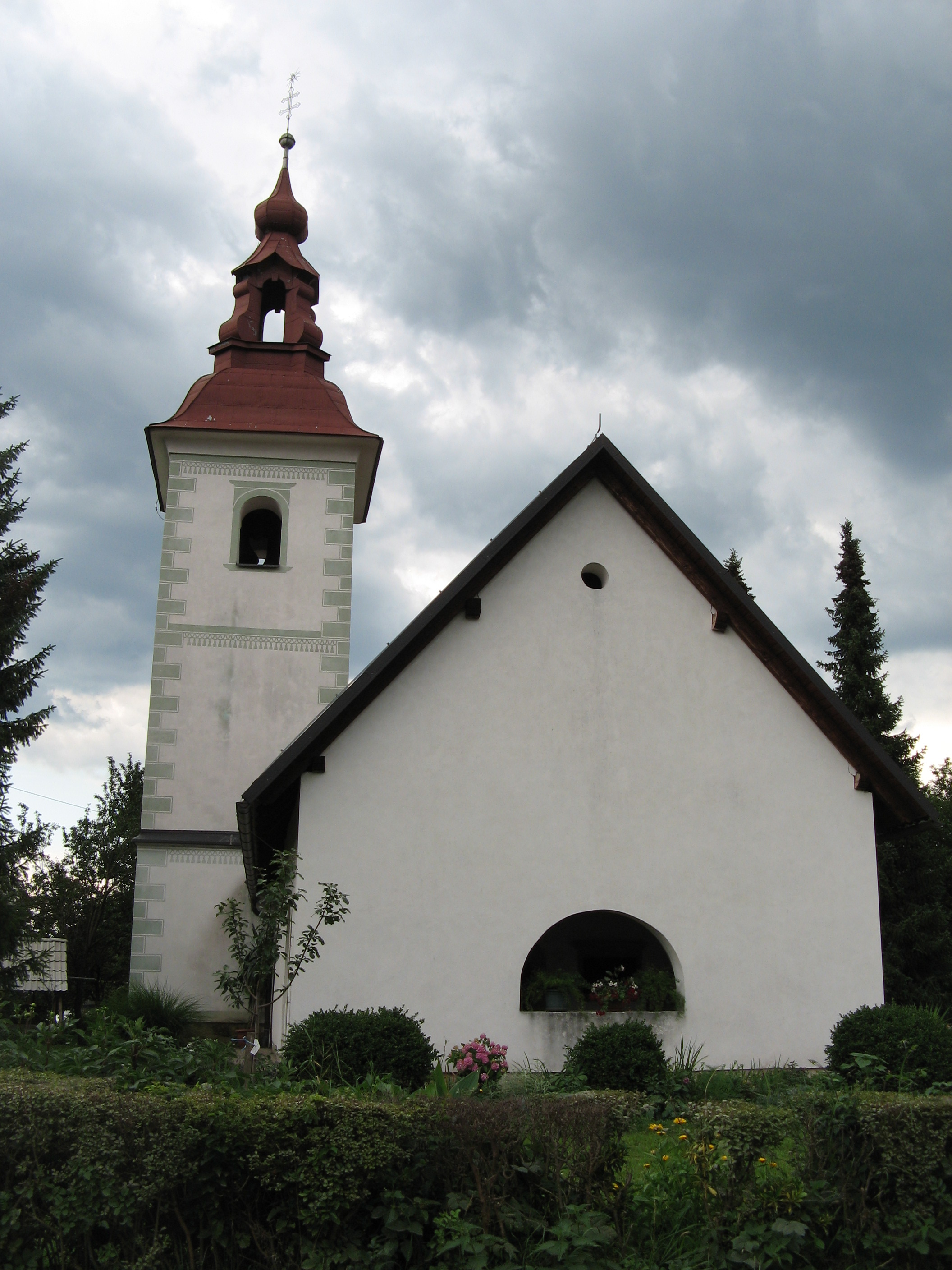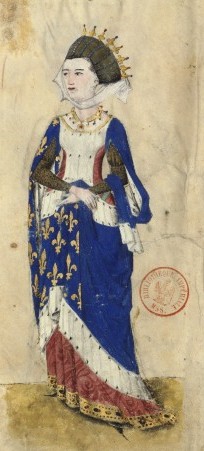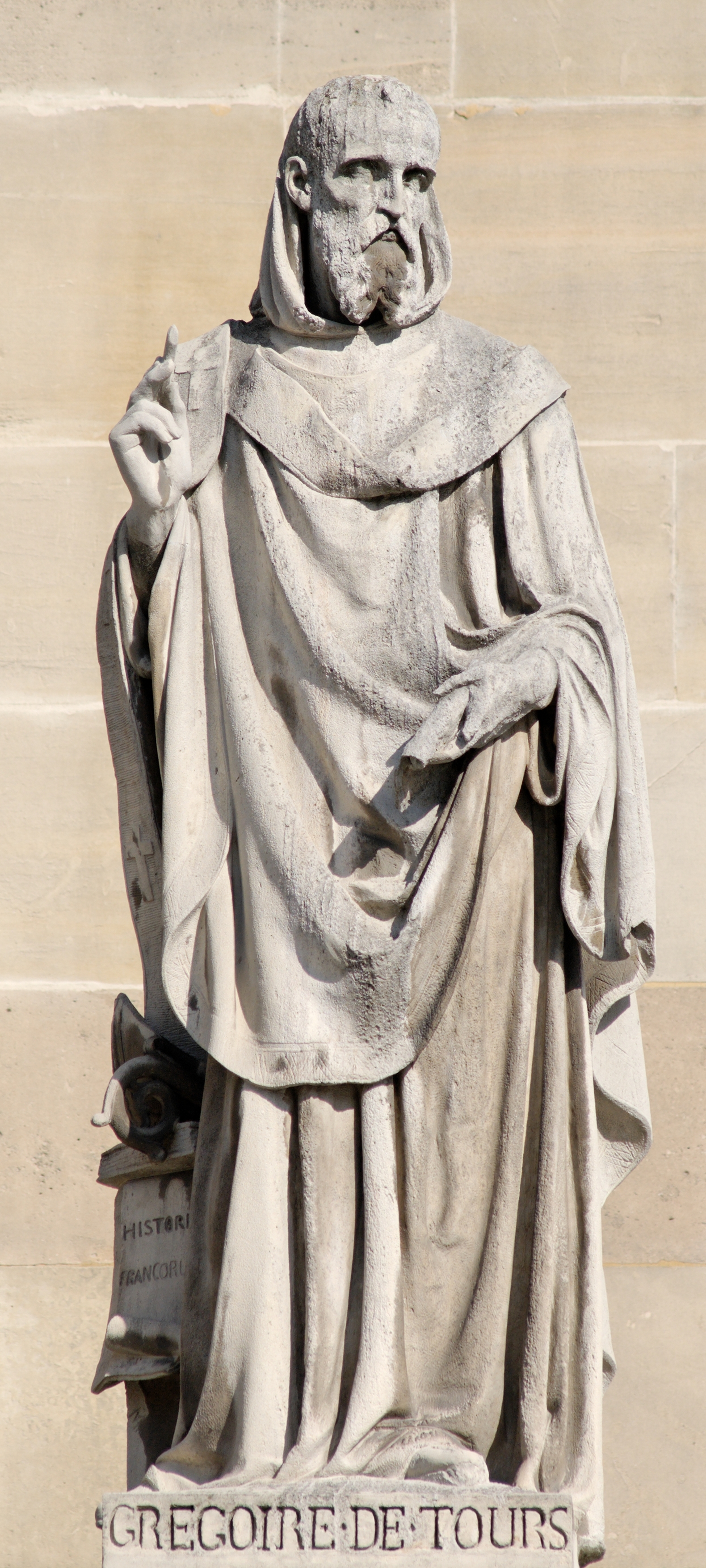|
Arégonde
Aregund, Aregunda, Arnegund, Aregonda, or Arnegonda ( 515/520–580) was a Frankish queen. She is the earliest known queen of Francia. Aregund was the wife of Clotaire I (also known as Clothar) king of the Franks, and the mother of Chilperic I of Neustria. She was the great-grandmother of the last of the Merovingian kings to wield power, Dagobert I. She is known for the discovery of her tomb at St. Denis, France, though some questions remain as to the accuracy of this identification. Marriage Aregund and Clotaire are believed to have been married no later than 536 CE. Gregory of Tours claimed that Clotaire married both Aregund and her sister Ingund. It is said that Ingund was quite alarmed at her sister staying single and asked her husband Clotaire to find Aregund a husband. After meeting his sister-in-law, Clotaire is rumored to have announced to his wife that he had found her a suitable husband: himself. While Ingund bore 5 sons and one daughter, Aregund bore one son.The s ... [...More Info...] [...Related Items...] OR: [Wikipedia] [Google] [Baidu] |
Radegund
Radegund (; also spelled ''Rhadegund, Radegonde, or Radigund''; 520 – 13 August 587) was a Thuringian princess and Frankish queen, who founded the Abbey of the Holy Cross at Poitiers. She is the patroness saint of several churches in France and England and of Jesus College, Cambridge (whose full name is "The College of the Blessed Virgin Mary, Saint John the Evangelist ''and the glorious Virgin Saint Radegund'', near Cambridge"). Life Radegund was born about 520 to Bertachar, one of the three kings of the German land Thuringia."St. Radegund", Jesus College, Cambridge Radegund's uncle, Hermanfrid, killed Bertachar in battle, and took Radegund into his household. After allying with t ... [...More Info...] [...Related Items...] OR: [Wikipedia] [Google] [Baidu] |
List Of Frankish Queens
This is a list of the women who have been Queen consort, queens consort of the Franks, Frankish people. As all King of the Franks, kings of the Franks have been male, there has never been a queen regnant of the Franks (although some women have governed as regents). A timeline of consorts Frankish rulers is difficult since the realm was frequently divided among the sons of a king upon his death and then eventually reunited. Also, polygamy and concubinage complicate matters. Of most Merovingian queens almost nothing but the name is known. This list starts from the earliest known queens until the three-way split up of the Frankish Empire in the Treaty of Verdun in 843. Merovingian dynasty (450–751) Clovis I united all the Frankish petty kingdoms as well as most of Roman Gaul under his rule, conquering the Domain of Soissons of the Roman general Syagrius as well as the Visigothic Kingdom, Visigothic Kingdom of Toulouse. He took his seat at Paris, which along with Soissons, Reims ... [...More Info...] [...Related Items...] OR: [Wikipedia] [Google] [Baidu] |
Poliomyelitis
Poliomyelitis ( ), commonly shortened to polio, is an infectious disease caused by the poliovirus. Approximately 75% of cases are asymptomatic; mild symptoms which can occur include sore throat and fever; in a proportion of cases more severe symptoms develop such as headache, neck stiffness, and paresthesia. These symptoms usually pass within one or two weeks. A less common symptom is permanent paralysis, and possible death in extreme cases.. Years after recovery, post-polio syndrome may occur, with a slow development of muscle weakness similar to what the person had during the initial infection. Polio occurs naturally only in humans. It is highly infectious, and is spread from person to person either through fecal–oral transmission (e.g. poor hygiene, or by ingestion of food or water contaminated by human feces), or via the oral–oral route. Those who are infected may spread the disease for up to six weeks even if no symptoms are present. The disease may be diagnosed by ... [...More Info...] [...Related Items...] OR: [Wikipedia] [Google] [Baidu] |
6th-century Frankish Women
The 6th century is the period from 501 through 600 in line with the Julian calendar. In the West, the century marks the end of Classical Antiquity and the beginning of the Middle Ages. The collapse of the Western Roman Empire late in the previous century left Europe fractured into many small Germanic kingdoms competing fiercely for land and wealth. From the upheaval the Franks rose to prominence and carved out a sizeable domain covering much of modern France and Germany. Meanwhile, the surviving Eastern Roman Empire began to expand under Emperor Justinian, who recaptured North Africa from the Vandals and attempted fully to recover Italy as well, in the hope of reinstating Roman control over the lands once ruled by the Western Roman Empire. Owing in part to the collapse of the Roman Empire along with its literature and civilization, the sixth century is generally considered to be the least known about in the Dark Ages. In its second golden age, the Sassanid Empire reached the ... [...More Info...] [...Related Items...] OR: [Wikipedia] [Google] [Baidu] |
Burials At The Basilica Of Saint-Denis
Burial, also known as interment or inhumation, is a method of final disposition whereby a dead body is placed into the ground, sometimes with objects. This is usually accomplished by excavating a pit or trench, placing the deceased and objects in it, and covering it over. A funeral is a ceremony that accompanies the final disposition. Evidence suggests that some archaic and early modern humans buried their dead. Burial is often seen as indicating respect for the dead. It has been used to prevent the odor of decay, to give family members closure and prevent them from witnessing the decomposition of their loved ones, and in many cultures it has been seen as a necessary step for the deceased to enter the afterlife or to give back to the cycle of life. Methods of burial may be heavily ritualized and can include natural burial (sometimes called "green burial"); embalming or mummification; and the use of containers for the dead, such as shrouds, coffins, grave liners, and burial ... [...More Info...] [...Related Items...] OR: [Wikipedia] [Google] [Baidu] |
Frankish Queens Consort
Frankish may refer to: * Franks, a Germanic tribe and their culture ** Frankish language or its modern descendants, Franconian languages, a group of Low Germanic languages also commonly referred to as "Frankish" varieties * Francia, a post-Roman state in France and Germany * East Francia, the successor state to Francia in Germany * West Francia, the successor state to Francia in France * Crusaders * Levantines (Latin Christians) Family name * Ernest Frankish (1876–1962), New Zealand cricketer * Keith Frankish (born 1962), British philosopher * Kevin Frankish, Canadian television presenter and media personality * Pat Frankish, British psychologist and psychotherapist * Ronald Frankish (1925–2013), Australian cricketer * Stanley Frankish (1872–1909), New Zealand cricketer See also * Farang, Persian for 'Franks', later used for Western or Latin Europeans; in Arabic 'Faranj' * Franconian (other) * Franks (other) * Name of the Franks * Franks * ... [...More Info...] [...Related Items...] OR: [Wikipedia] [Google] [Baidu] |
573 Deaths
__NOTOC__ Year 573 ( DLXXIII) was a common year starting on Sunday of the Julian calendar. The denomination 573 for this year has been used since the early medieval period, when the Anno Domini calendar era became the prevalent method in Europe for naming years. Events By place Byzantine Empire * Byzantine–Sassanid War: Persian forces under the command of King Khosrau I capture the Byzantine stronghold of Dara, after a six-month siege. Meanwhile, a smaller Persian army under Adarmahan advances from Babylon through the desert, crosses the Euphrates River and ravages Syria. The cities of Apamea and Antiochia are plundered. Europe * King Sigibert I goes to war against his half brother Chilperic I of Neustria at the urging of his wife, Brunhilda. He appeals to the Germans on the right bank of the Rhine for help, and they obligingly attack the environs of Paris and Chartres. * The Lombards again raid Southern Gaul, but are defeated by the Franks under Mummolu ... [...More Info...] [...Related Items...] OR: [Wikipedia] [Google] [Baidu] |
6th-century Births
The 6th century is the period from 501 through 600 in line with the Julian calendar. In the West, the century marks the end of Classical Antiquity and the beginning of the Middle Ages. The collapse of the Western Roman Empire late in the previous century left Europe fractured into many small Germanic kingdoms competing fiercely for land and wealth. From the upheaval the Franks rose to prominence and carved out a sizeable domain covering much of modern France and Germany. Meanwhile, the surviving Eastern Roman Empire began to expand under Emperor Justinian, who recaptured North Africa from the Vandals and attempted fully to recover Italy as well, in the hope of reinstating Roman control over the lands once ruled by the Western Roman Empire. Owing in part to the collapse of the Roman Empire along with its literature and civilization, the sixth century is generally considered to be the least known about in the Dark Ages. In its second golden age, the Sassanid Empire reached th ... [...More Info...] [...Related Items...] OR: [Wikipedia] [Google] [Baidu] |
Erlande-Brandenburg, Alain
Alain Erlande-Brandenburg (2 August 1937 in Luxeuil ( Haute-Saône) – 6 June 2020, Paris) was a French art historian and honorary general curator for heritage, a specialist on Gothic and Romanesque art. Early life Erlande-Brandenburg was son of the physician Gilbert Brandenburg and grandson of writer and poet Albert-Jacques Brandenburg. He attended school in Marseille at the lycée Saint-Charles et Thiers, then entered the Lycée Henri-IV to prepare the later study at the École Nationale des Chartes, from where he graduated as an archivist-palaeographer in 1964. He also studied at the École du Louvre, where he received his doctorate in 1971. Theses in 1964 at the École des Chartes (on French royal funerals and tombs) and in 1965 at the École du Louvre (on funerary statues) culminated in a dissertation at the École pratique des hautes études on the royal tombs at the Basilica of Saint-Denis, published in 1975. Career He was chief curator of the Musée de Cluny ( ... [...More Info...] [...Related Items...] OR: [Wikipedia] [Google] [Baidu] |
Jewellery
Jewellery (or jewelry in American English) consists of decorative items worn for personal adornment such as brooches, ring (jewellery), rings, necklaces, earrings, pendants, bracelets, and cufflinks. Jewellery may be attached to the body or the clothes. From a western perspective, the term is restricted to durable Ornament (art), ornaments, excluding flowers for example. For many centuries metal such as gold often combined with gemstones, has been the normal material for jewellery, but other materials such as glass, shells and other plant materials may be used. Jewellery is one of the oldest types of archaeological artefact – with 100,000-year-old beads made from ''Nassarius'' shells thought to be the oldest known jewellery. The basic forms of jewellery vary between cultures but are often extremely long-lived; in European cultures the most common forms of jewellery listed above have persisted since ancient times, while other forms such as adornments for the nose or ankle, impo ... [...More Info...] [...Related Items...] OR: [Wikipedia] [Google] [Baidu] |
Michel Fleury
Michel Fleury (17 November 1923 in Paris – 18 January 2002 in Paris) was a French historian, archivist and archaeologist, specialising in the history and archaeology of Paris. He is buried in the cemetery of the church of Saint-Germain de Loisé in Mortagne-au-Perche Mortagne-au-Perche () is a Communes of France, commune in the Orne Departments of France, department in Normandy (administrative region), Normandy, northwestern France. It is classed as a Petites Cités de Caractère. Heraldry Population Poi .... References Bibliography Archaeologists from Paris 1923 births 2002 deaths French archivists 20th-century French archaeologists 20th-century French historians {{France-historian-stub ... [...More Info...] [...Related Items...] OR: [Wikipedia] [Google] [Baidu] |






